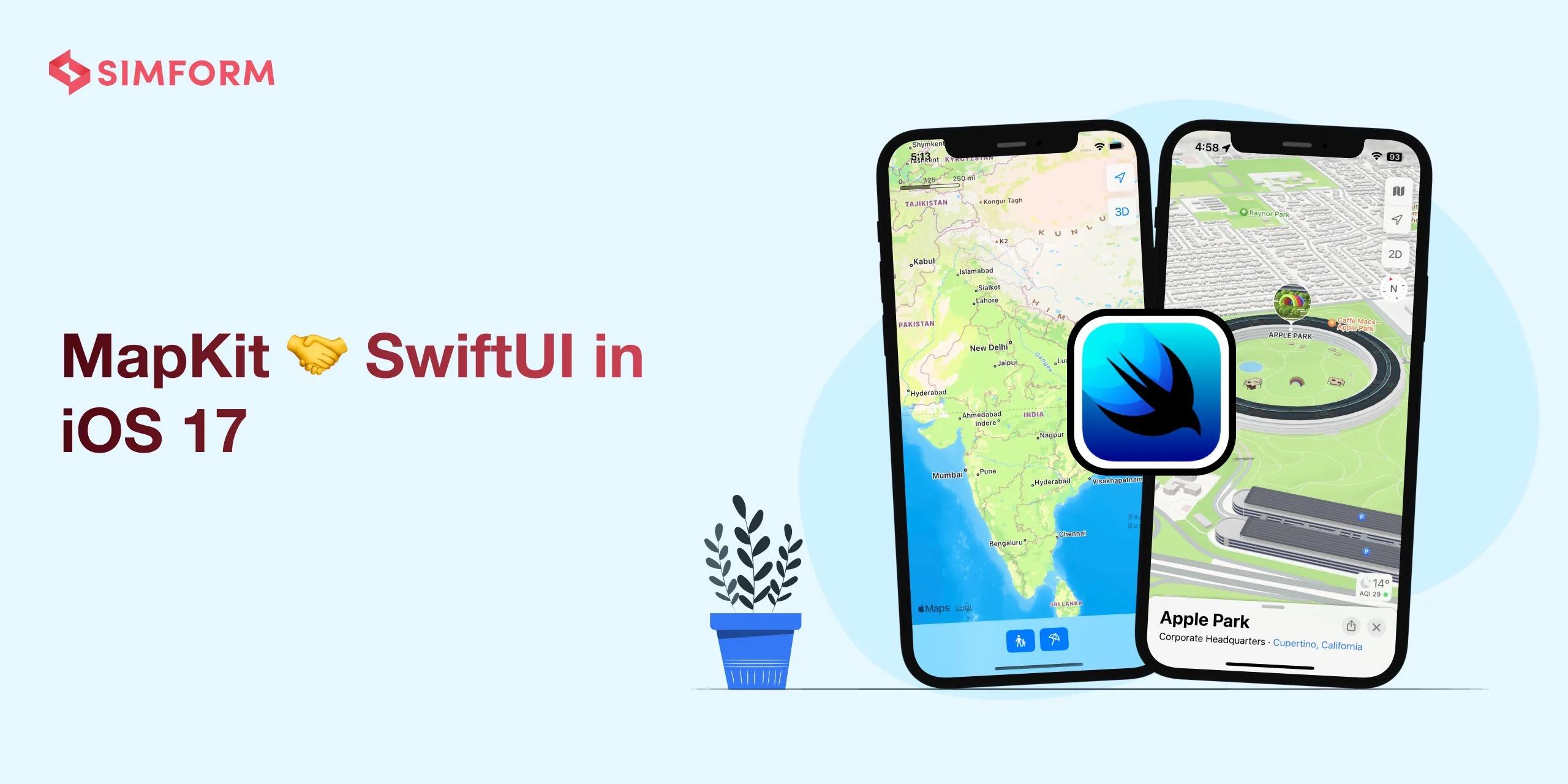Programmers have developed many architectures, design patterns and styles of programming. While they each solve different problems, all of them help make code more readable, testable and flexible.
[…]
Before you can give them that control and learn more about Dependency Injection and how it can help you, you need to identify the issue.
[…]
However, you can improve the situation and seamlessly add new functionality with Dependency Injection.
[…]
Dependency Injection is one of a few patterns that helps apply principles of Inversion of Control. You can implement Dependency Injection in several ways, including Constructor Injection, Setter Injection and Interface Injection.
[…]
In Constructor Injection, or Initializer Injection, you pass all the class dependencies as constructor parameters. It’s easier to understand what the code does because you immediately see all the dependencies a class needs in one place. For example, look at this snippet:
[…]
Setter Injection, or Method Injection, is sightly different. As you can see in this example, it requires dependency setter methods:
[…]
Interface Injection requires the client conforms to protocols used to inject dependencies. Look at this example:
[…]
Next, update the provider which will handle a new privacy level. Go to ProfileContentProvider.swift and update the following properties:
[…]
With the code above, you let your UserPreferencesView receive the needed dependency, instead of creating it on its own.
[…]






